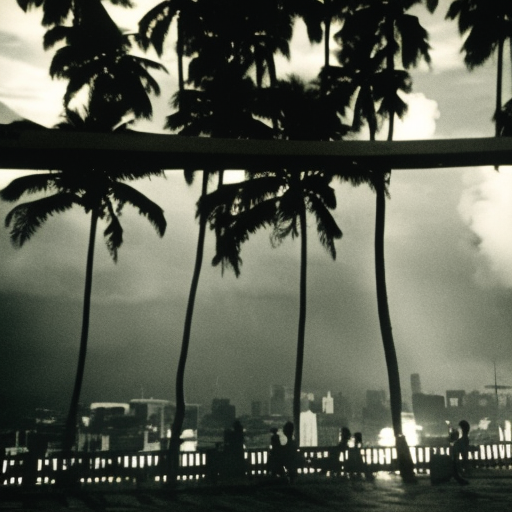Battle of Manila: The Liberation of the Philippines
The Battle of Manila was a major conflict that took place during World War II, specifically in the early months of 1945. It was fought between the combined forces of the United States and the Philippines against the Imperial Japanese Army. The battle aimed to liberate the capital city of Manila from Japanese occupation and regain control of the Philippines.
Background
The Philippines, a US territory at the time, fell under Japanese control in 1942 after the surrender of American and Filipino forces during the Battle of Bataan. The Japanese occupation was marked by brutal repression, including the infamous Bataan Death March and the establishment of prison camps where thousands of prisoners of war were held.
The Battle
The Battle of Manila began on February 3, 1945, with a massive bombardment of the city by American forces. The assault was led by the US 1st Cavalry Division and the 37th Infantry Division, supported by Filipino guerrilla fighters. The Japanese defenders, under the command of General Tomoyuki Yamashita, were heavily fortified within the city.
The battle was characterized by intense urban warfare, with American and Filipino troops engaging in street-to-street fighting against well-entrenched Japanese positions. The Japanese employed a strategy of using civilians as human shields, leading to significant civilian casualties and the destruction of much of the city.
Key Events
– **Intramuros**: The historic walled city of Intramuros, which housed important government buildings and religious institutions, was a key objective for the American forces. After several days of fierce fighting, the US troops managed to break through the defenses and capture the city on February 23, 1945.
– **Manila Bay**: The US Navy played a crucial role in the battle, providing naval gunfire support and conducting amphibious landings along Manila Bay. These landings allowed American forces to flank the Japanese defenders and apply pressure from multiple directions.
– **Malacañang Palace**: The official residence of the Philippine President, Malacañang Palace, was heavily fortified by the Japanese. It became a major battleground during the battle, with American troops finally capturing the palace on February 28, 1945.
– **Santo Tomas Internment Camp**: One of the most significant events during the battle was the liberation of the Santo Tomas Internment Camp, where thousands of civilian prisoners, including American and British nationals, were held. The camp was liberated on February 3, 1945, providing a major morale boost for the Allied forces.
Aftermath
The Battle of Manila resulted in the complete liberation of the city from Japanese control, but it came at a high cost. The intense urban warfare and the Japanese strategy of using civilians as shields led to the deaths of an estimated 100,000 Filipino civilians and the near-total destruction of the city. American and Filipino forces also suffered heavy casualties, with thousands of soldiers killed or wounded.
The battle marked a turning point in the Pacific War, as it demonstrated the determination of the Allied forces to retake the Philippines and paved the way for the eventual defeat of Japan. It also highlighted the brutality of the Japanese occupation and the sacrifices made by the Filipino people in their struggle for independence.
In recognition of the significance of the Battle of Manila, the city was awarded the title of “Most Devastated City of World War II” by the United Nations in 1947. The battle remains an important event in Philippine history, symbolizing the resilience and courage of the Filipino people in the face of adversity.












